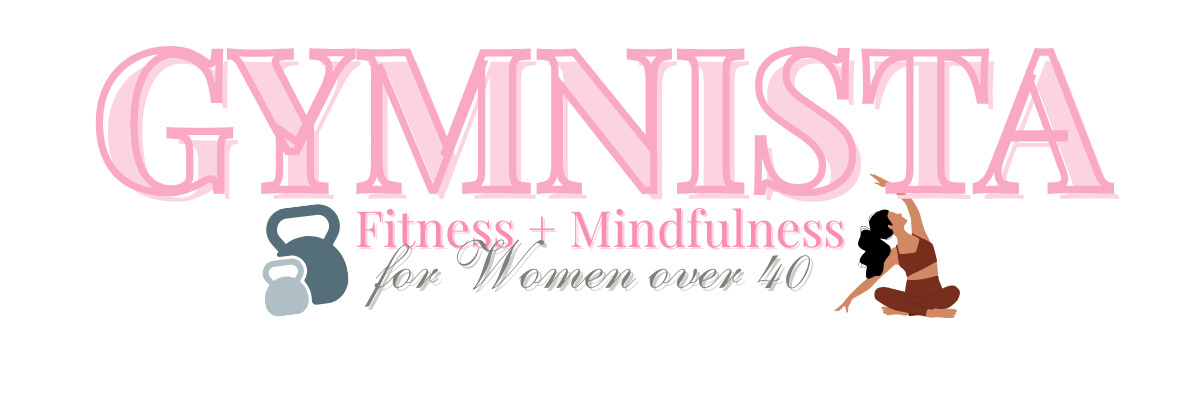I had a client that referred to her knees as “tender” when I asked her to perform an exercise once. By tender, she meant that her knees hurt when she did certain moves.
I chose to believe she wasn’t gassing me, but actually had knee issues. Because guess what? Most clients I meet do.
Hell, I have tender knees. Because of these “tender knees,” I can offer you a few suggestions of what moves to avoid in your workout. I say avoid lightly, because working out actually helps strengthen the muscles around your knee to keep it healthy and less “tender.” Let’s talk about it.
Shoulder Loaded Squats
The squat rack is not my friend when it comes to loading weight on my shoulders. I choose to believe that the compressive force is too much and causes more pain than it’s worth, so I avoid this move all together. The same could apply to you.
Instead of shoulder loading, try dumbbell squats, no shoulder load and holding the weight at your sides. With weight held at the sides of the body, it’s not a heavy lift but that’s a good thing. It allows the ability to work on technique and range of motion. The core muscles fire in a different way to stabilize the body during the squat motion as well. Couple that with less pressure on the knees. Make that change and see if it works for you.
Leg Extension
I love a good sculpted thigh like the next person but the leg extension machine kills me. That being said, physical therapists often recommend this exercise when building leg strength after a knee injury.
If you must leg extend, do so with light weight and more repetitions. Move through a range of motion that is pain free and work in that range for a week or two before making any adjustments.
If it still hurts to perform the move, skip it.
Plyometrics
Plyometrics are those explosive movements like jump squats, jump lunges, anything jumpy. Leave those to the good knees if you can.
Modify the move, if you must, by keeping your feet on the ground but with big arm movement. Never allowing the feet to leave the ground. It’s the landing that increases the force on the knee joint contributing to pain.
Walking lunges are considered plyometric too, so exercise caution with those. Place a hand on the wall and perform lunges that way instead of walking the length of the gym floor.
If you have “tender” knees, you already know, some days are better than others. Take everything here with a grain of salt because you’ve lived in your body all your life, I have not.
Evaluate your workout, adding and removing exercises to see if the pain lessens or persists. See a physical therapist or a personal trainer skilled in movement analysis because it could be technique. Stay curious and keep moving to keep those knees healthy.
Happy Sweating.
0